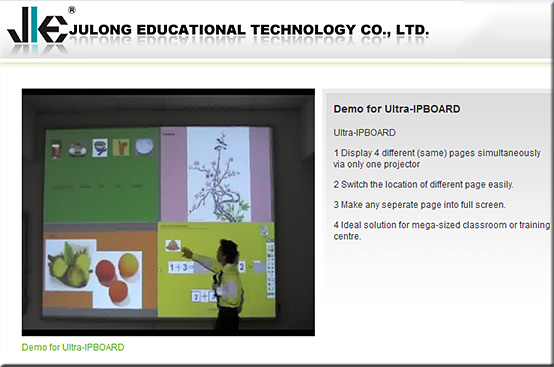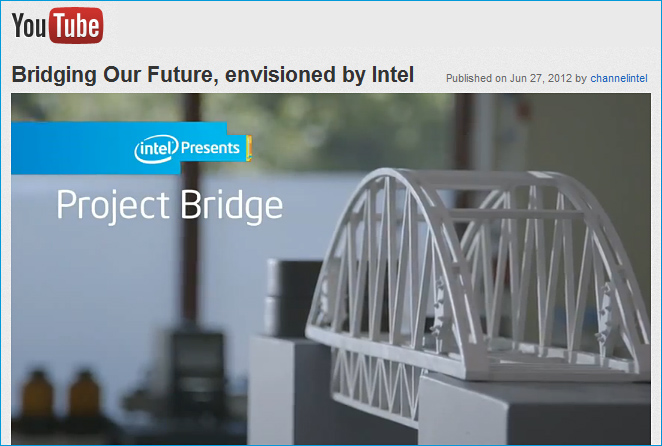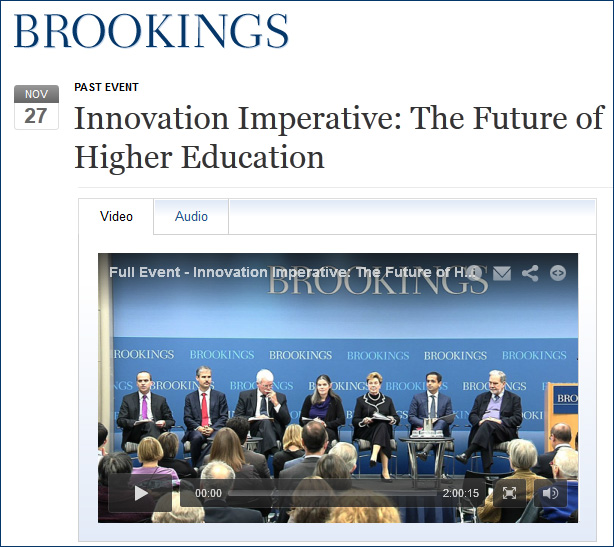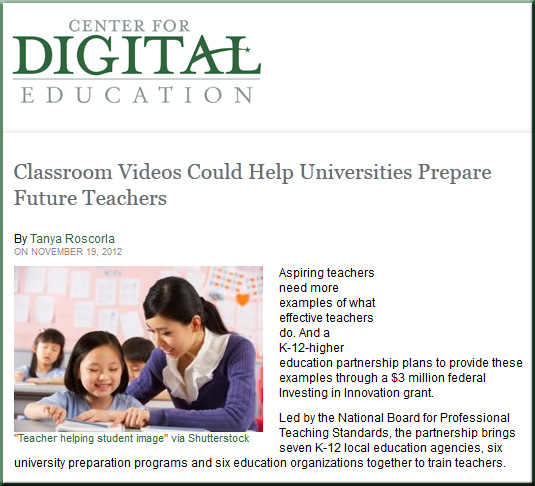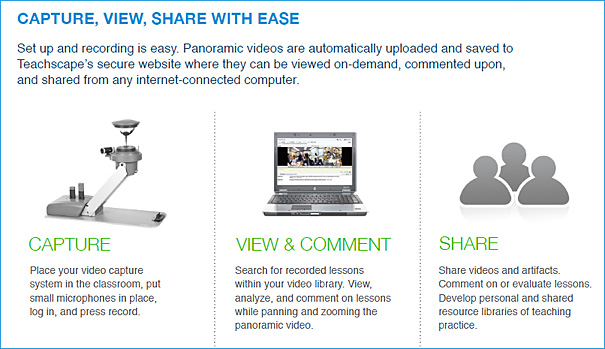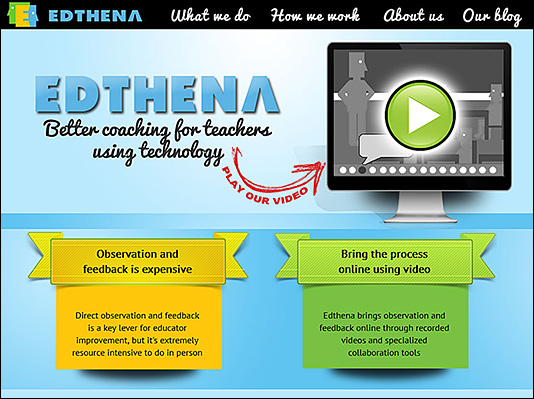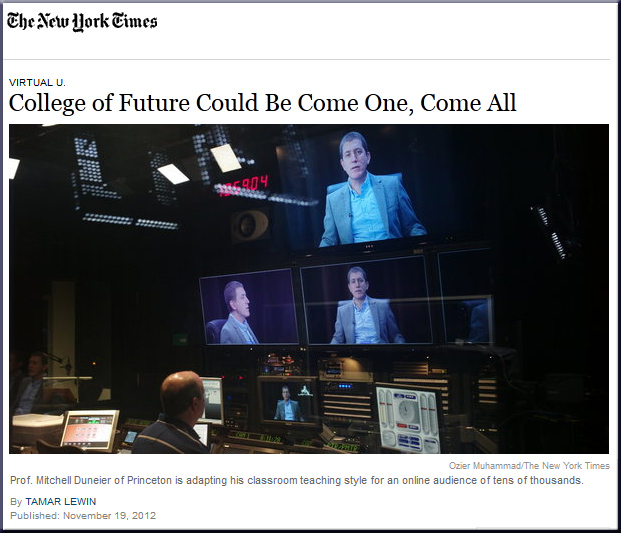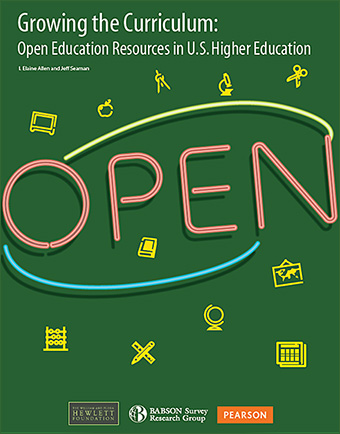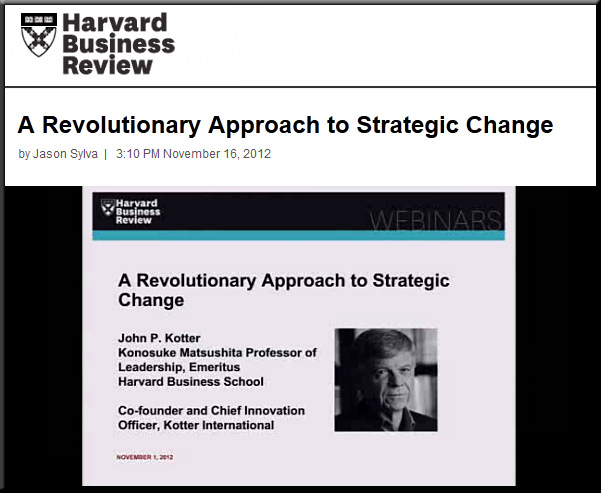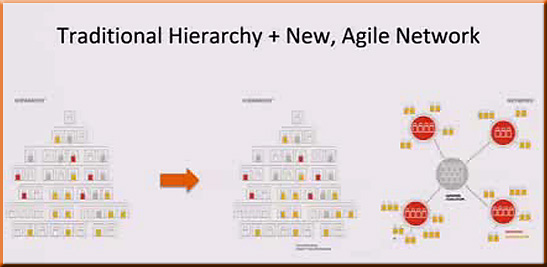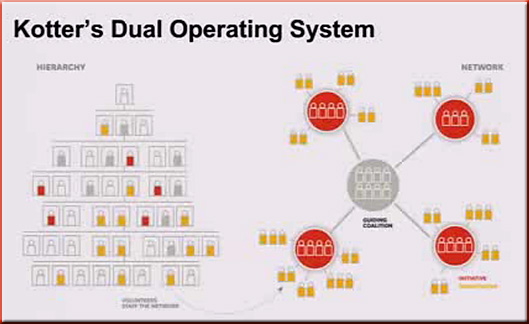From DSC:
I’ve been trying to figure out the best ways to incorporate a BYOD/BYOT into the Smart Classroom. That is, how can students’ devices seamlessly communicate with the main displays around the classroom? How can they quickly display a blog posting or a Google doc for example…or play a song they wrote, etc. So I was excited to wake up this morning with the following concept/idea:
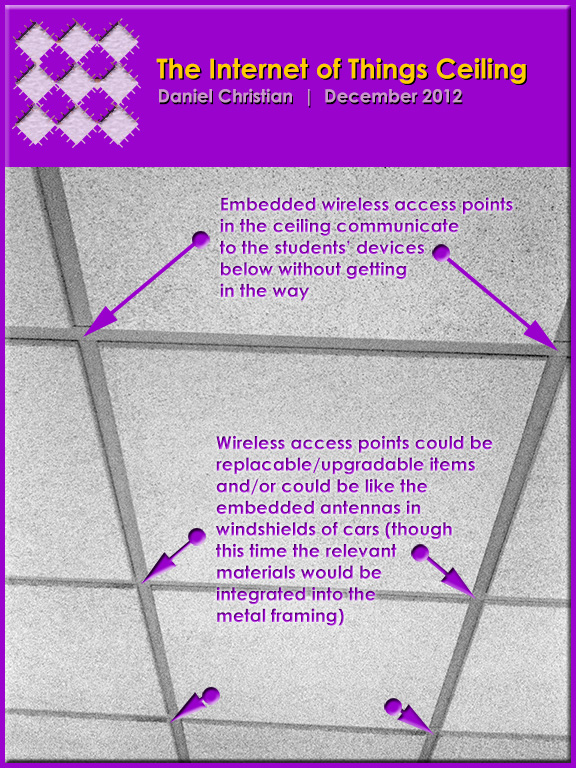
.
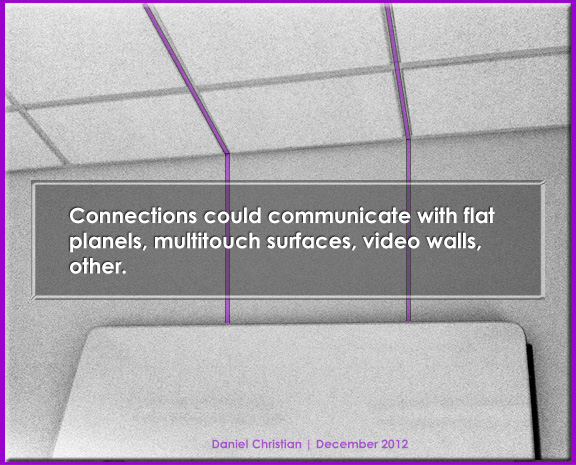
.
.
Other features/thoughts:
- Line of sight communications — students must be in the room to display something up on the main displays
- Information travels many ways: From large multitouch displays/walls to students’ devices and vice versa; so a professor could hit “Save” in order to send his/her annotations to all of the students’ devices (allowing them to be more cognitively present — vs madly writing down what the professor is writing)
- The Smart Classroom’s infrastructure becomes like a multi-thredded processor — instantaneously and simultaneously handling a far greater amount of data — going in multiple directions
- What’s an interesting idea here is for discipline-specific, cloud-based storage mechanisms for students who want to contribute their pieces of content to their schools repositories of content
- This topic reminds me of a graphic I created a while back, re: The “Chalkboard” of the Future:
So…what if the 4 screen’s on Julong’s Ultra-IPBOARD were coming from 4 different sources? Perhaps:
- One from a publisher’s cloud-based content repository
- Another from a stream of content originating from a student’s iPad
- Another from a stream of content originating from the Smart Classroom’s PC or Mac
- …and the last source originating from a student’s smartphone?
Also see:
.










